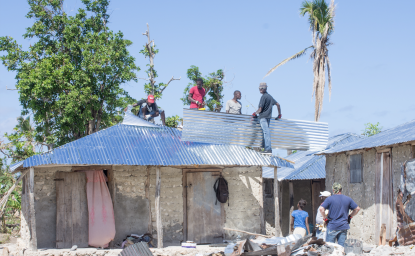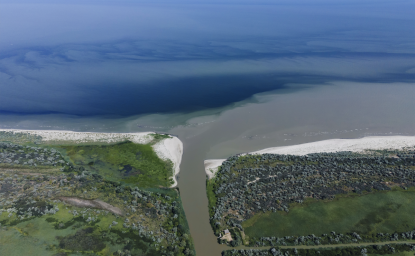MEDIA ADVISORY: Protected Areas Attract People, But Population Growth May Hurt Parks
OCTOBER 2008—Science Authors Speak at Wilson Center
OCTOBER 2008—Science Authors Speak at Wilson Center
WASHINGTON—A recent article in Science stirred controversy when its data showed the rate of human population growth along park borders was nearly twice that of neighboring rural areas. In "Accelerated Human Population Growth at Protected Area Edges," the authors argue that immigrants are drawn to the health care services and livelihoods programs offered to people expelled from the parks.
In a live webcast from the Woodrow Wilson Center, co-authors George Wittemyer of Colorado State University and Justin Brashares of the University of California, Berkeley, will present their research, which spans more than 300 protected areas in 45 countries in Africa and Latin America.
Jason Bremner, program director of the Population Reference Bureau's population, health, and environment program, will discuss broader demographic trends that may be behind this phenomenon.
This is the fifth event in ECSP's "New Horizons at the Nexus of Conflict, Natural Resources, and Health" series, which examines new thinking and research at the intersection of these areas.
RSVP/Live Webcast.
You can submit questions for the speakers to ecsp@wilsoncenter.org.
What: Fertile Fringes: Population Growth at Protected-Area Edges
Who: Justin Brashares, Assistant Professor, College of Natural Resources, University of California, Berkeley
George Wittemyer, Assistant Professor, Department of Fish, Wildlife, and Conservation Biology, Colorado State University
Jason Bremner, Program Director, Population, Health, and Environment Program, Population Reference Bureau
When: Wednesday, October 22, 12:00 noon – 2:00 p.m.
Where: Woodrow Wilson International Center for Scholars, 5th Floor Conference Room
1300 Pennsylvania Avenue, N.W., Washington, D.C.
The Woodrow Wilson International Center for Scholars is the living, national memorial to President Wilson established by Congress in 1968 and headquartered in Washington, D.C. It is a nonpartisan institution, supported by public and private funds, engaged in the study of national and world affairs.
Since 1994, the Wilson Center's Environmental Change and Security Program has explored the connections among environmental challenges and their links to conflict and security.

The Environmental Change and Security Program (ECSP) explores the connections between environmental change, health, and population dynamics and their links to conflict, human insecurity, and foreign policy. Read more



